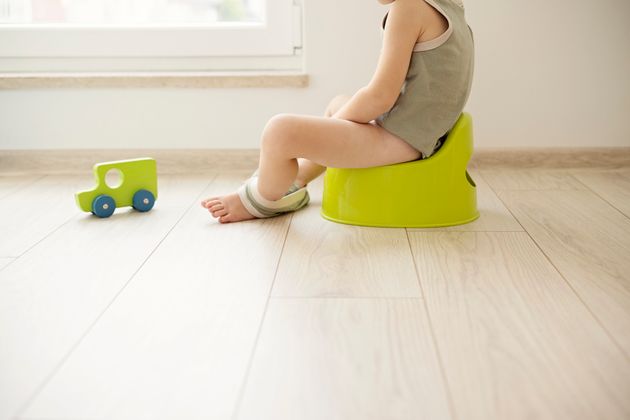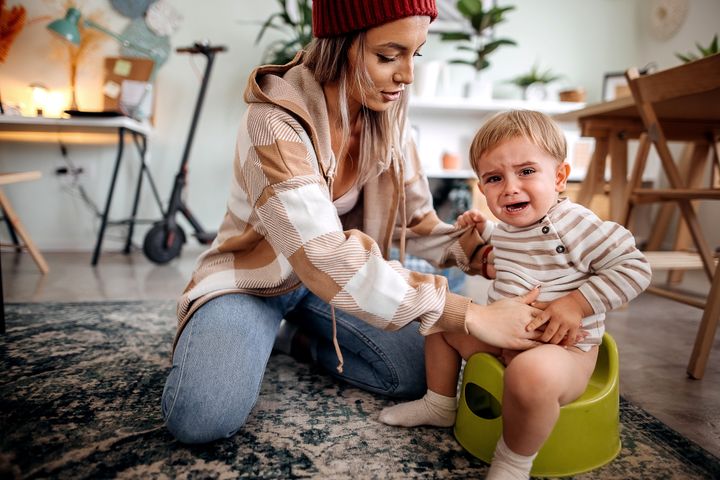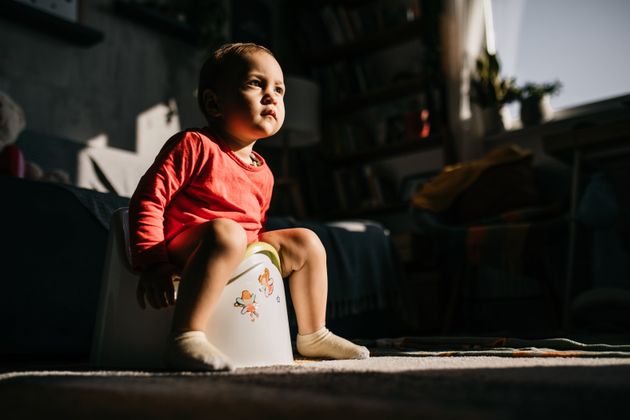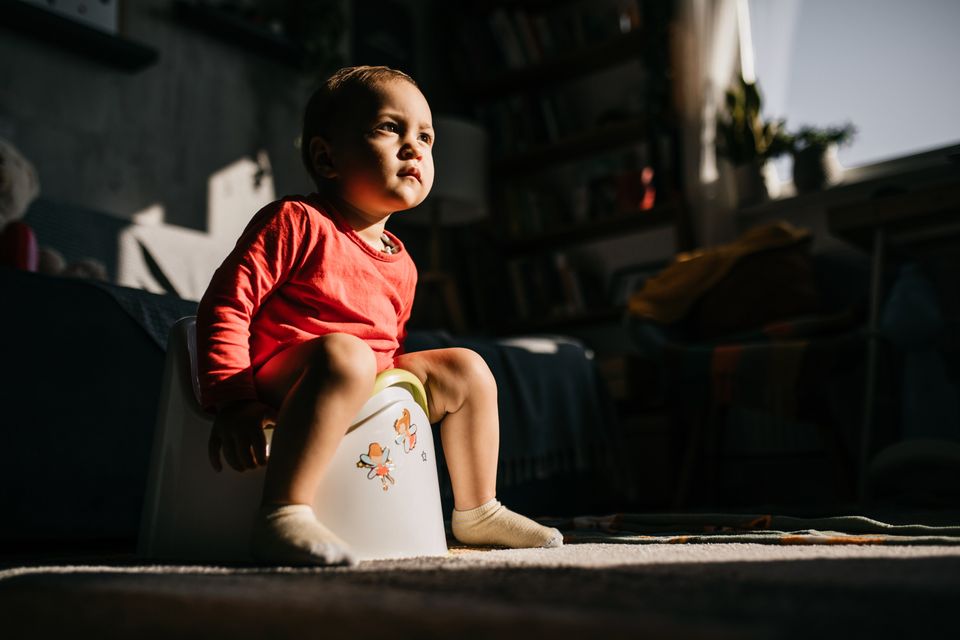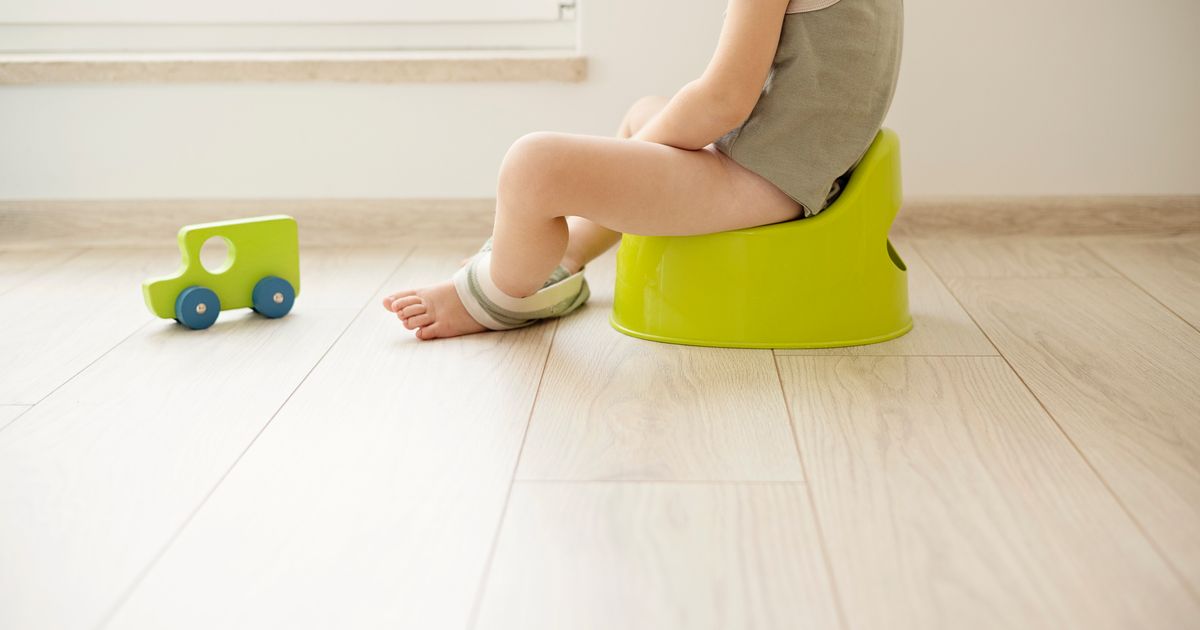
Potty training is not for the fainthearted. It requires oodles of patience, a lot of wipes and an ability to be increasingly chilled when a poo turns up on your nice cream carpet.
But once your child is out of nappies and proudly doing wees and poos in their potty (or on the toilet) it’s a very rewarding feeling for all involved.
Advertisement
One mum-of-two recently took to TikTok to share how she managed to potty train her two-year-old in 72 hours (aka three days) – and we have nothing but respect for this toileting champion.
Courtney Ryrie-Novack, who is known as @scottishcourt on the app, said she used something called the ‘3P method’.
Those Ps stand for: persistence, patience and praise. Sounds interesting. So what does it all involve?
Advertisement
For starters, Courtney shared that she and her toddler didn’t leave the house for three days while they embarked on the potty training mission. And for that entire time, her son was naked.
Discussing the ‘persistence’ part of the 3Ps, Courtney said this is “most important” in the first day or however long it takes for your child to grasp that the potty is where they need to do poos or wees.
“Personally for us it was one day to know where the pee or whatever goes. So every 10 minutes you’re going to put your child on the toilet and say: you need to go pee, or poo, or whatever word you want to use,” she explained.
“You’re going to fill them up with juice … and you fill [them] all day long, and every single 10 minutes: [put them on the] toilet, toilet, toilet. And you do that until it’s bedtime, and that’s when we put a nappy on.”
She added that when her son first started using the potty, they’d use a distraction like an iPad to keep him sitting there, because otherwise he would try and run away.
Advertisement
There were some downsides to this technique, however. “He kind of tried tricking us sometimes by sitting on it for like 20 minutes so he could watch 20 minutes of his iPad, but we kind of let it pass the first day because – like I said – it was his first day,” she said.
By the end of the first day, Courtney said her son knew where he needed to pee and would know to get his parents, so they could take him to the toilet. And by the end of day two, he was going to the toilet by himself.
The mum added that ‘patience’ is also crucial during this time – and especially on the first day – because there will be a lot of accidents.
On the second day, she said her son was no longer having any accidents in the wee department, but did a couple of rogue poos. But that’s to be expected.
Moving on to the third P – ‘praise’ – Courtney said this is definitely the most important part of the process.
Advertisement
“We’re never going to scold our kid for missing the toilet, not making [it to] the toilet, or just not doing it in the toilet,” she said. “Because it’s not their fault. All they’ve known their whole life is ‘do it wherever I am in my diaper’.”
So, when children end up weeing or pooing on the potty, she encouraged parents to check what’s in the potty and then cheer and celebrate with them. She suggested you could give them a sticker, sweet or a toy – “whatever you think will motivate them”.
In her case it was chocolate, and it worked like a dream.
Fellow parents were keen to try the process, while others shared their own success. “I was a toddler teacher and this is exactly how I ended up potty training my two boys and how I recommended my friends potty train theirs,” said one mum.
There is no set age to start potty training as every child is different, however the NHS does recommend that around the age of 18 months to two years old parents can introduce sitting on the potty as part of the normal daily routine.

